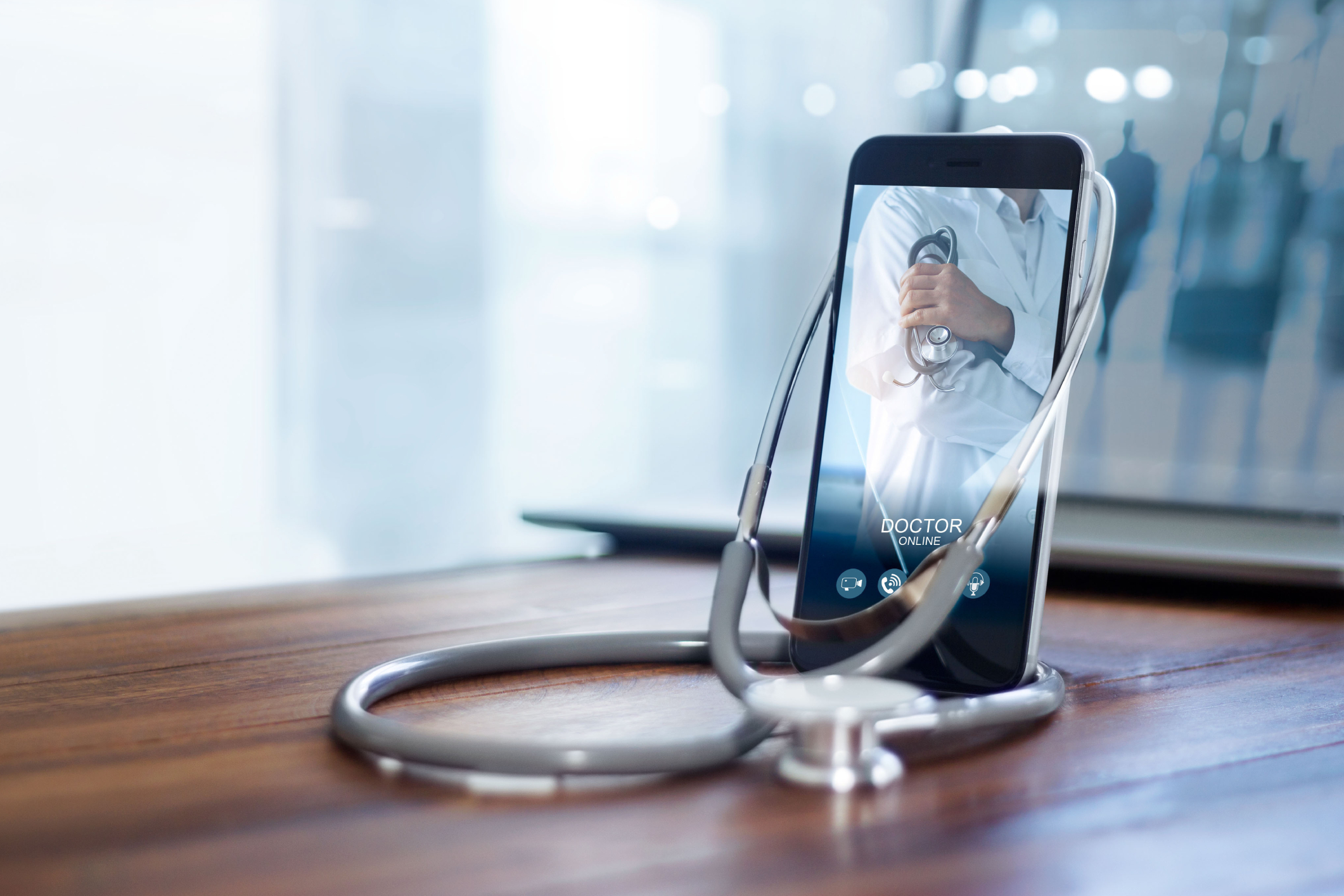by Edgar Romero and Anita Franzione
Fueled by the COVID-19 pandemic, telehealth services and virtual care rapidly expanded and allowed health care providers to continue delivering patient care. However, it is important to address the underlying issues that restrict people from accessing these services due to income or no means to access connectivity. These barriers prevent them from receiving the needed care and bridging the digital divide to promote health equity further. New Jersey has often boasted their achievements in broadband connectivity, ranking 4th among states in internet coverage, speed, and availability and stating that in 2022, 98.3% of New Jersey (NJ) residents have access to wired or fixed wireless broadband. Despite these numbers, according to the 2019 American Community Survey findings from the U.S. Census, about 10.5% of NJ households live without an internet subscription. New Jersey’s high ranking in broadband connectivity can be attributed to its population density, allowing internet service providers to reach more people within its infrastructure. However, it does little to address the gap in access to low-cost, high-speed internet. It is also important to note that these numbers fail to account for those who live in areas with broadband infrastructure but cannot afford it or cannot use the internet at home due to its slow speed. Furthermore, data suggest that NJ households in rural counties and areas impacted by the lack of affordable, high-speed internet connection tend to experience poorer health outcomes. For instance, BroadbandNow ranks rural counties like Salem, Cumberland, and Atlantic among the lowest in NJ for 100 Mbps coverage. Rural areas are often underserved and lack many resources typically found in their urban counterparts. According to County Health Rankings, rural counties like Salem, Cumberland, and Atlantic are ranked very low in overall health outcomes compared to other NJ counties.
When discussing the digital divide, it is essential to address the determinants of broadband access and affordability to develop substantive solutions. Socio-economic factors can affect broadband access and affordability; studies have shown high monthly subscriptions and the perceived lack of need were two critical barriers to acquiring broadband subscriptions. Other studies suggest that marginalized groups like ethnic minorities and individuals of lower socio-economic status are associated with lower rates of video use. Using a geographical lens, low population density and high deployment costs can discourage private investments and lead to high monthly costs for broadband connection in rural areas. Lack of competition, profit-based discrimination, and high technology deployment costs can also limit broadband access and affordability.
Telehealth services rely on the patient’s ability to access the required devices and internet connection to receive the appropriate care. One study found that patient perception and interest in telemedicine closely align with personal resources and access to devices, internet, and cellular phone data. In other words, telehealth services’ viability in a practice depends on the patient’s access to the necessary resources. According to BroadbandNow, there are no current industry standards for internet speeds or capacity needed to support telehealth and speed requirements can vary depending on the type of healthcare service administered online. Although 92.9% of NJ households have access to a computer, residents in poor rural areas are much less likely to own a computer or smartphone, including Salem, Bridgeton, and Atlantic City. Broadband infrastructure plans should consider establishing high-speed internet and capacity to support rural healthcare facilities and increase device ownership capable of video use.
New Jersey has taken steps to mitigate the digital divide, such as a grant program to help buy devices and Wi-Fi hotspots for schools and students. However, they have done little to secure health equity for rural counties with low overall health outcomes. In terms of discourse, broadband internet access must be recognized as a social determinant of health to connect people to healthcare and other necessary resources. This includes the federal government viewing broadband internet as a public utility instead of a free enterprise and holding internet service providers more accountable. Also, addressing digital disenfranchisement in marginalized communities widens the gap in digital inequity. Health advocacy and building coalitions are also great tools to bring awareness to the digital divide facing marginalized communities by calling for affordable broadband connection, creating inclusive technologies, and enhancing patients’ literacy to use the required technology.
New Jersey has taken steps to provide direct telehealth support at public sites to address the barriers faced in poor rural and marginalized communities. While some providers have pledged to help individuals with fewer resources get connected, those initiatives do little to address the long-term broadband inequity. Obstacles continue to face patients, including language barriers, long wait times, surging prices, and not meeting the reduced cost qualifications. The New Jersey State Library recently launched the NJHealthConnect @ Your Library, funded by the American Rescue Plan Act (ARPA). This program aims to address barriers to health equity by providing at participating NJ libraries IPads preloaded with apps and links to telemedicine sites for physician appointments, multilingual health information, low literacy health resources, places for mental health support, latest COVID updates, and crisis hotlines in New Jersey. More direct initiatives such as the NJ library program are essential in bridging the gap in health equity.
The COVID-19 pandemic has shed light on the broadband access and affordability issue that the state continues to face. Addressing the strong link between digital and health equity through inclusive broadband infrastructure plans will increase the use of telehealth services in marginalized communities.
Edgar Romero is a Master of Health Administration student at the Edward J. Bloustein School of Planning and Public Policy at Rutgers, The State University of New Jersey.
Anita Franzione, DrPH is an Associate Teaching Professor at the Edward J. Bloustein School of Planning and Public Policy at Rutgers, The State University of New Jersey.

